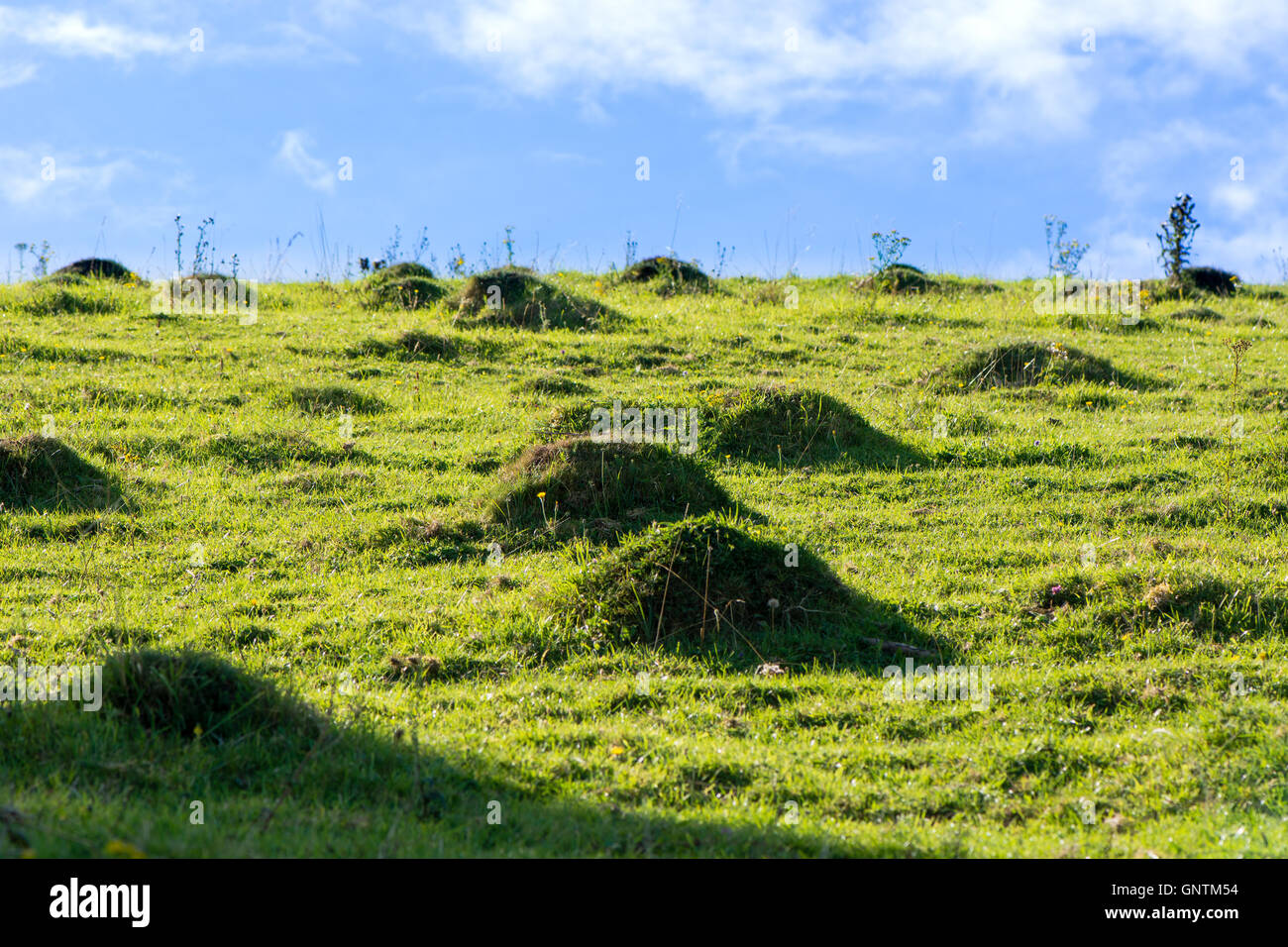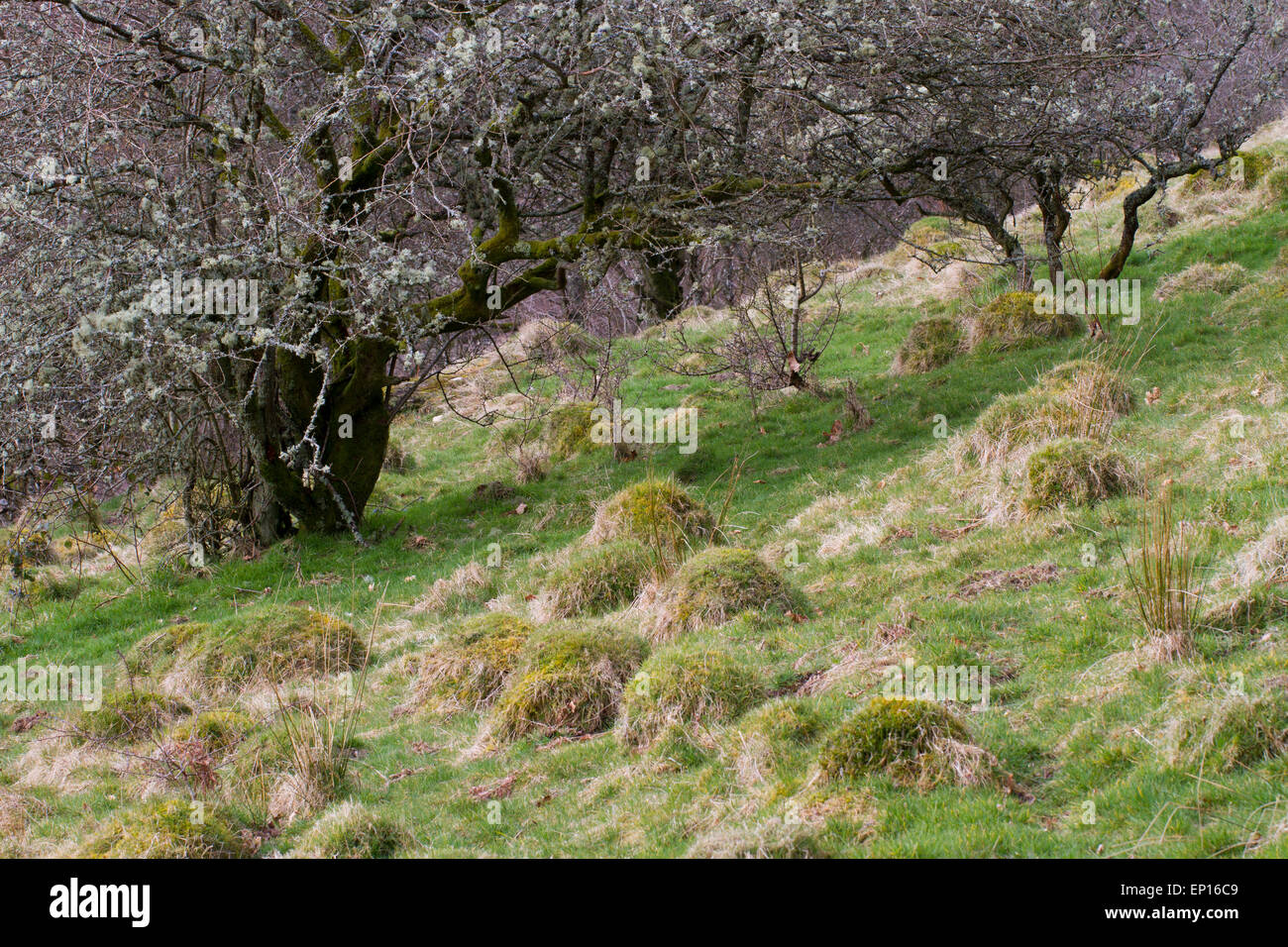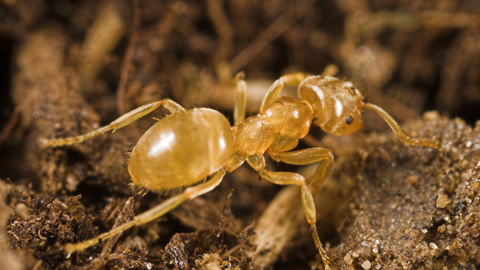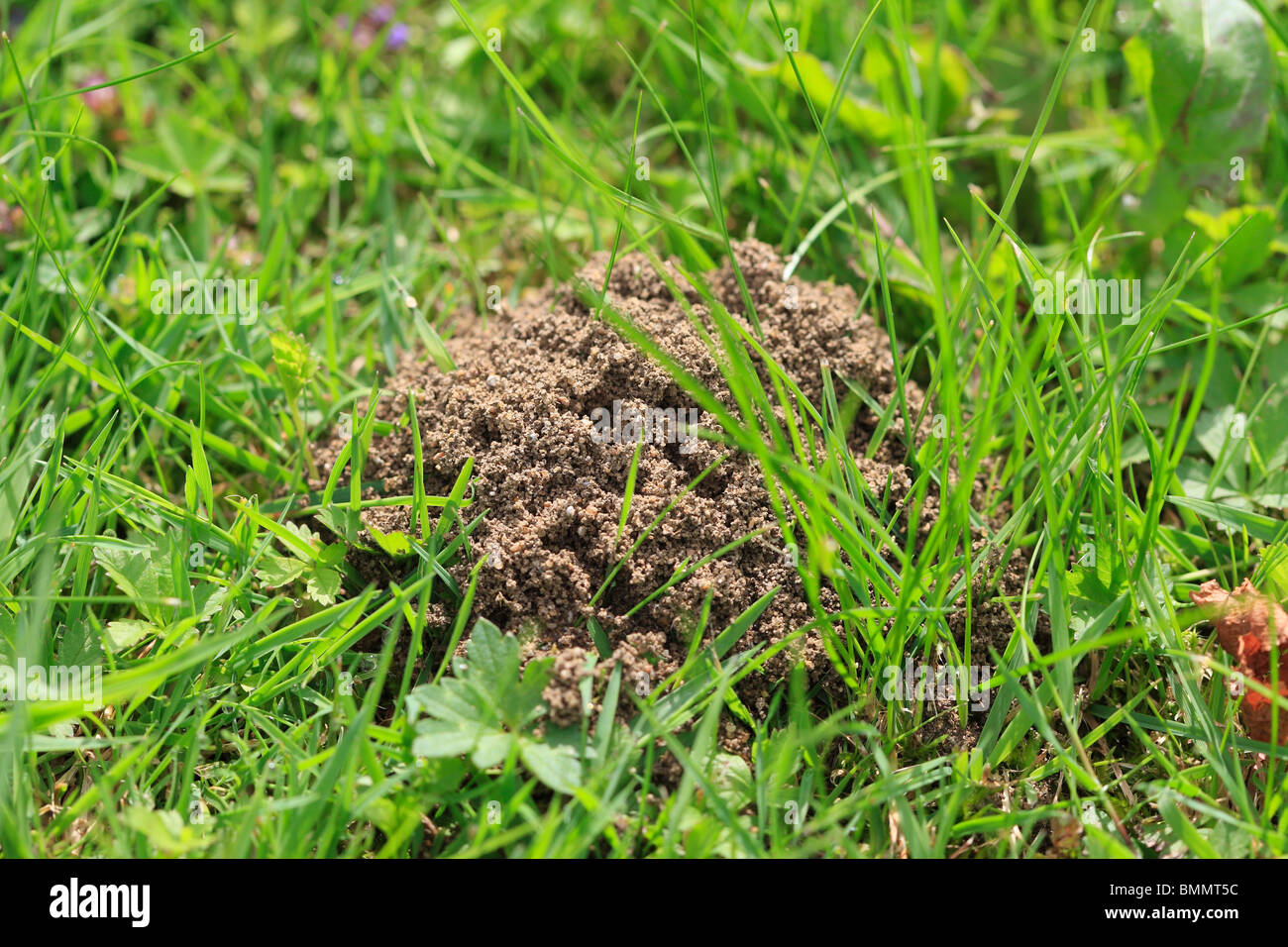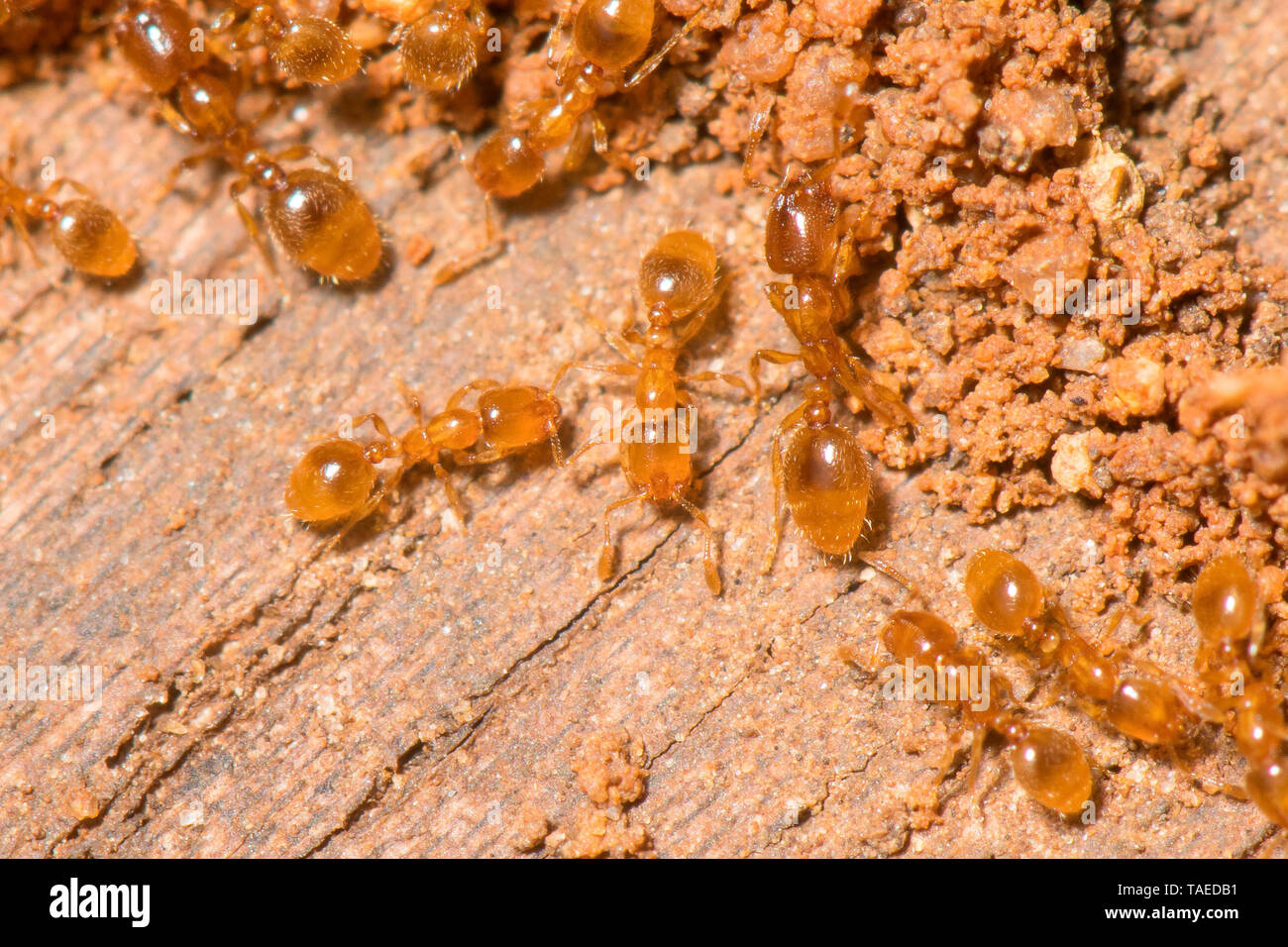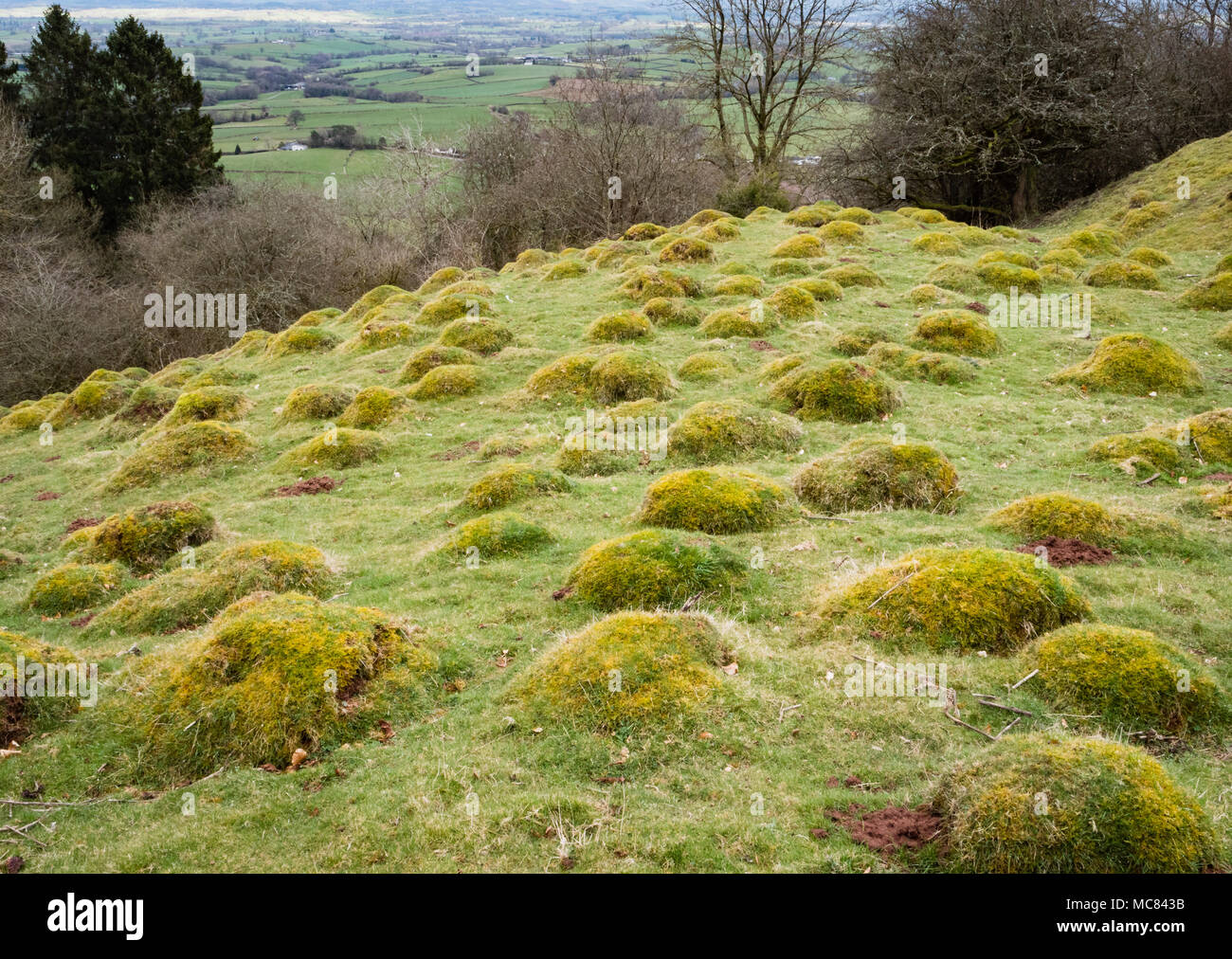Yellow Meadow Ant Hills | Slide Mouse

Since spread about 20 different species of ants living here and they are constantly at war with one another but the yellow meadow ant is the only mound builder.
Yellow meadow ant hills. The yellow meadow ant also yellow hill ant formal name lasius flavus is one of the most common ants in central europe and it also occurs in asia and north africa but populations in north america are a different related species lasius brevicornis. Ant nest in the courtyard. You ll find it just about everywhere in urban suburban and grassland areas. The grassy bumps dotted over the grasslands are ant hills made by yellow meadow a been continuously occupied and growing in size for about hundred years because the top of ploughed in 1904.
Closeup of sand pattern of a farm in the summer with anthill ant home. Each ant hill is the result of many lifetimes of labour by thousands of tiny yellow meadow ants lasius flavus. This type of ant is known for building large anthills and prefers foraging for food underground. Flavus which has positive effects on grassland diversity king 2006 to sites where grassland.
Homeowners can get rid of yellow ants in the home with a vacuum cleaner. The lasius flavus or yellow meadow ant is most common in europe but is also found in asia north africa and eastern north america according to the bbc. Yellow meadow ant hills at gilfach farm. Their colour varies from yellow to brown with queen and males being slightly more darkly colored.
On the the underside of a lead a black ant feeds on the excreted honey dew of an aphid. Nest location is crucial to control yellow ants outdoors. This type of ant makes small crater shaped mounds of soil particles with an entrance hole in the center. However it has been known to circulate around human dwelling.
This method may be the most rapid and cost effective when numerous colonies need to be re located at the same time. If yellow ants are found inside there is likely a moisture problem accompanied by decaying wood. The yellow meadow ant is familiar to us as the common ant that creates anthills in grassland and downland habitats but also appears in our gardens if the grass is not cut too often. It isn t really yellow but that s its name.
In some areas many hundreds of these mounds form wonderful ant created landscapes many decades or even centuries old. They build a soil dome above the nest which can extend a metre below the ground to help regulate temperature and humidity. In lawns of course but also in flower beds vegetable gardens and fields. Be sure to inspect along the foundation wall and look under stones landscape timber and firewood.
